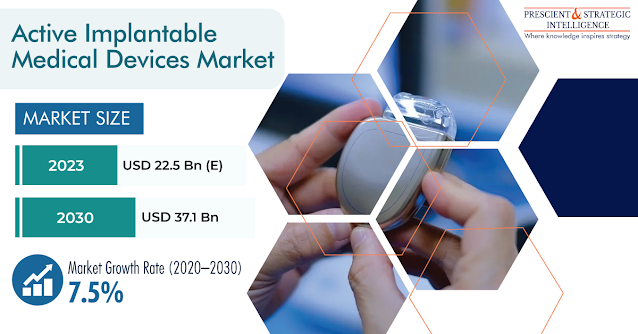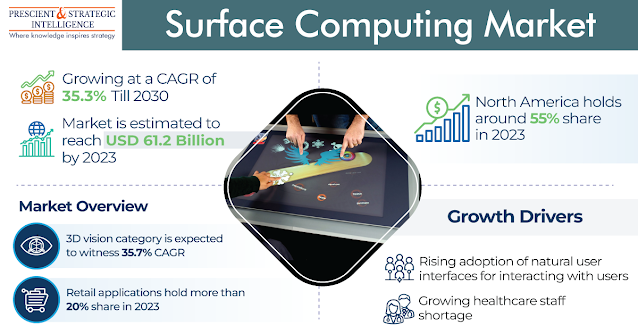According to the latest market research study published by P&S Intelligence, the global conversational AI market was valued at USD 15.0 billion in 2024, and is projected to grow to USD 56.9 billion by 2032, registering a robust CAGR of 18.5% from 2025 to 2032.
Download free Report Sample Now
This surge is being driven by growing investments in AI and
machine learning across industries, continuous declines in chatbot development
costs, and the rising need for automation and personalized customer journeys. North
America dominates the market, while the Asia-Pacific (APAC) region is expected
to exhibit the fastest growth, fueled by the expanding deployment of
conversational AI in emerging economies.
Innovation in natural language processing (NLP), intelligent
virtual agents (IVAs), and voice-based conversational interfaces is gaining
momentum—especially in customer support, which remains the largest application
segment. As firms seek to deliver 24/7 engagement, reduce repetitive workloads,
and enhance ROI, conversational AI is reshaping the way businesses interact
with customers and drive efficiencies.
Key Insights
- Market
segmentation highlights customer support as the dominant application area,
with conversational AI platforms like chatbots and IVAs now firmly rooted
in managing routine inquiries and facilitating appointment booking in
healthcare.
- Regional
Dynamics: North America holds approximately 45% of the global market share,
bolstered by advanced tech adoption, a mature vendor landscape, and high
demand in healthcare and enterprise sectors. Meanwhile, APAC is emerging
as the fastest-growing regional market.
- A fragmented
vendor ecosystem characterizes the industry, with dominance shared by
cloud giants such as Google, Microsoft, Amazon, and IBM, alongside a rich
pool of specialized AI startups and service providers.
- Technological
innovation is accelerating NLP and machine-learning capabilities, enabling
conversational AI systems to offer more human-like interactions and better
comprehension—leading to higher customer satisfaction and operational
automation.
- Cost
efficiency and ROI benefits are a major draw: businesses can deploy bots
for routine queries, reducing the need for large customer service teams,
cutting operational costs, and freeing human agents to tackle complex
issues.
- Omnichannel
integration is enabling conversational AI to seamlessly engage users
across web, mobile, voice, and messaging platforms, helping organizations
deliver consistent experiences and enhance user touchpoints.
- In healthcare,
conversational AI tools are actively used for appointment scheduling,
follow‑ups, and patient monitoring—showcasing opportunities for smarter,
more efficient patient engagement and supporting administrative workflows.
- The ubiquity of AI-driven chatbots and IVAs is increasingly prevalent across industries, with advancements in NLP enabling deeper personalization, improved sentiment analysis, and broader use cases ranging from smart FAQs to virtual consultations.
- Market opportunities abound as voice technologies mature and AI investments escalate, there's strong potential for growth in untapped sectors such as retail, finance, and government services—especially as businesses strive to deliver intelligent, scalable user interactions.































